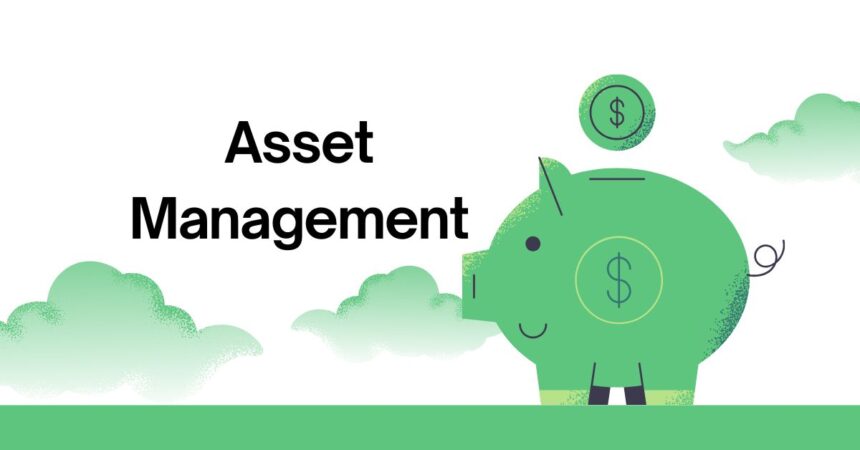Asset management refers to the systematic process of developing, operating, maintaining, and selling assets efficiently and cost-effectively. It involves managing physical and financial assets, such as real estate, stocks, bonds, and intellectual property, to maximize returns while minimizing risks.
Both businesses and individuals rely on asset management to ensure their investments grow sustainably. Companies use asset management strategies to optimize equipment, infrastructure, and financial portfolios, while individuals and investment firms focus on building wealth through smart financial decisions.
Key Takeaways
- Asset management involves optimizing financial and physical assets for profitability and efficiency.
- Businesses use asset management to maintain infrastructure, reduce costs, and maximize returns.
- Investment firms manage client portfolios, balancing risk and reward.
- Example: A company uses asset management software to track the lifecycle of machinery, ensuring timely maintenance and cost savings.
Types of Asset Management
- Financial Asset Management
- Focuses on managing investments, such as stocks, bonds, mutual funds, and real estate.
- Example: An investor hires an asset management firm to diversify their portfolio and maximize long-term gains.
- Enterprise Asset Management (EAM)
- Used by businesses to oversee infrastructure, machinery, and equipment maintenance.
- Example: A manufacturing company implements EAM software to track machine performance and schedule preventive maintenance.
- Digital Asset Management (DAM)
- Organizes and protects digital files, such as documents, images, and videos, for businesses.
- Example: A marketing team uses DAM to store and retrieve brand assets, such as logos and promotional materials.
- Fixed Asset Management
- Involves tracking and maintaining physical assets, such as buildings, vehicles, and IT equipment.
- Example: A logistics company monitors its fleet using GPS tracking and maintenance schedules to ensure efficiency.
How Businesses Use Asset Management
- Investment Firms: Manage client portfolios, balancing risk and return for long-term financial growth.
- Corporate Asset Management: Ensures businesses utilize assets efficiently to reduce operational costs and increase revenue.
- Real Estate Management: Handles property investments, ensuring high occupancy rates and profitability.
- IT Asset Management: Tracks software licenses, servers, and cybersecurity measures to optimize digital resources.
Advantages and Disadvantages of Asset Management
- Advantages:
- Increases efficiency by tracking and optimizing asset usage.
- Enhances investment strategies for individuals and businesses.
- Reduces costs by preventing asset depreciation and downtime.
- Disadvantages:
- High implementation costs, especially for asset management software.
- Requires expertise to analyze and manage financial investments effectively.
- Mismanagement can lead to financial losses or asset underutilization.
Example of Asset Management in Action
A retail chain implements an enterprise asset management system to monitor store equipment, such as refrigerators and air conditioning units. By scheduling preventive maintenance, the company reduces repair costs and extends the lifespan of its assets, leading to increased profitability.





